Home>Garden Essentials>Garden Storage>Vertical Garden Ideas: 10 Beautiful Designs And Ways To Plant Upwards
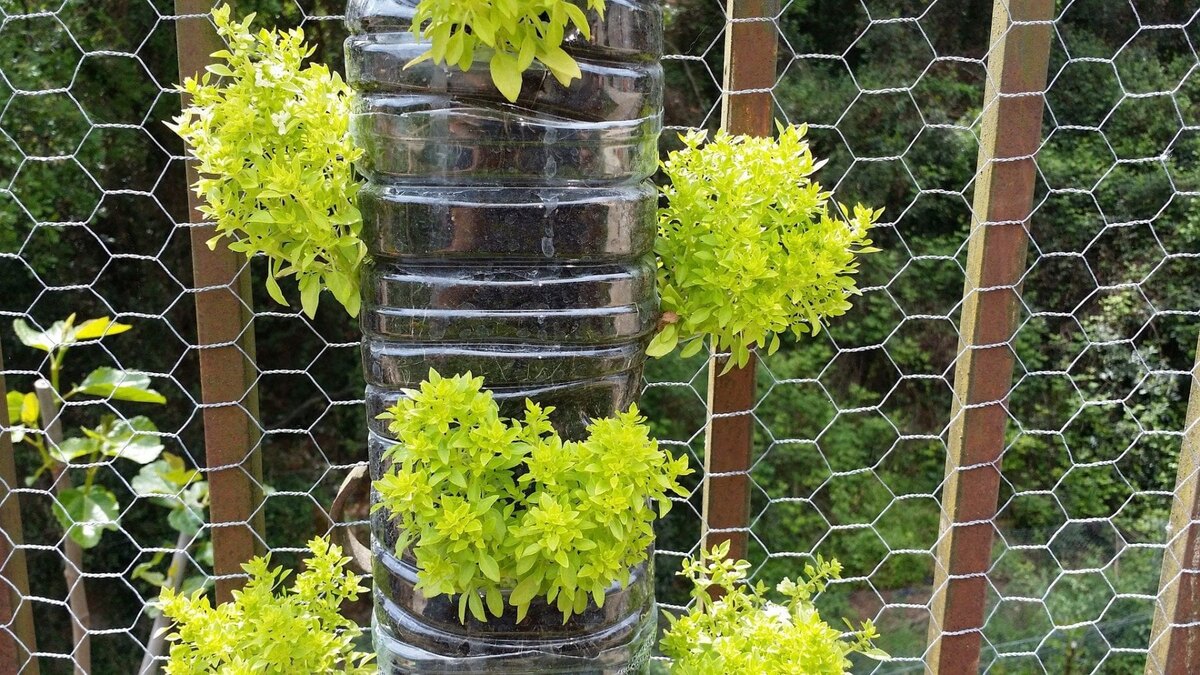

Garden Storage
Vertical Garden Ideas: 10 Beautiful Designs And Ways To Plant Upwards
Modified: January 5, 2024
Discover creative vertical garden ideas for storage. Find 10 beautiful designs and learn how to plant upwards for efficient use of space.
(Many of the links in this article redirect to a specific reviewed product. Your purchase of these products through affiliate links helps to generate commission for Storables.com, at no extra cost. Learn more)
Vertical Garden Ideas: 10 Beautiful Designs and Ways to Plant Upwards
Are you looking for a creative way to add greenery to your space? Vertical gardens are the perfect solution. Not only do they provide a stunning visual display, but they also maximize the use of limited space by planting upwards. Whether you have a small balcony, a backyard with limited ground space, or even a blank wall indoors, these vertical garden ideas will inspire you to transform any area into a lush oasis.
1.
Key Takeaways:
- Elevate your space with vertical gardens, from succulent wall hangings to trellis planters. Transform any area into a lush oasis with these 10 beautiful and creative designs.
- Embrace the beauty of nature with a vertical flower tower or a living wall panel. Add a touch of greenery to any space with these stunning and versatile vertical garden ideas.
Succulent Wall Hanging
Succulents are known for their low maintenance and water-wise nature, making them an excellent choice for a vertical garden. Create a stunning succulent wall hanging by arranging different varieties of succulents in a vertical planter. Hang it on your patio or balcony wall to add a touch of natural beauty.
2.
Pallet Garden
Transform an old pallet into a vertical garden by adding planter boxes to its slats. Fill the planter boxes with vibrant flowers or herbs, and hang the pallet garden on a wall or fence to create a stunning vertical display. This unique design is a great way to upcycle materials and add charm to any outdoor space.
3.
Living Wall Panels
Install living wall panels to create a dramatic and eye-catching vertical garden. These panels typically consist of modular units that can be easily mounted on a wall. Fill the panels with a mixture of colorful plants, such as ferns, ivy, and flowering vines, to create a lush and vibrant living wall.
4.
Tiered Planter Boxes
Create a cascading effect by using tiered planter boxes for your vertical garden. Start with a large planter box at the bottom, then stack smaller ones on top. Fill each box with different types of plants, like cascading flowers, herbs, or succulents, to create a visually appealing display.
5.
Hanging Basket Garden
Hang a series of hanging baskets from a pergola, balcony railing, or tree branch to create a charming vertical garden. Choose a variety of colorful flowers or trailing plants that will spill over the sides of the baskets, adding a touch of beauty and depth to your outdoor space.
6.
Vertical Herb Garden
Bring fresh herbs right to your fingertips with a vertical herb garden. Use a wall-mounted herb planter or repurpose small containers, such as tin cans or mason jars, to create a vertical arrangement. This not only provides easy access to herbs for cooking but also adds a delightful aroma to your space.
7.
Trellis Planter
Add an element of sophistication to your vertical garden with a trellis planter. Install a trellis against a wall or fence and attach planter boxes to it. Plant climbing flowers, such as roses or jasmine, that will intertwine with the trellis, creating a beautiful, fragrant focal point.
8.
Pocket Planters
Take advantage of vertical wall space by using pocket planters. These are typically made of fabric and can be easily mounted on a wall. Fill each pocket with a different plant, allowing for a diverse and visually appealing vertical garden.
9.
Vertical Flower Tower
Make a statement with a vertical flower tower. Start with a tall, narrow planter and fill it with colorful annual flowers. As the flowers grow, they will create a stunning tower of blooms, adding height and beauty to your garden.
10.
Garden Trellis Wall
Create a living garden trellis wall with a combination of climbing plants and trellis panels. Install the trellis panels on a wall or fence and train vine plants, such as clematis or wisteria, to climb and cover the trellis. This creates a living wall that adds privacy and beauty to your outdoor space.
Incorporating vertical gardens into your space not only adds visual appeal but also provides numerous benefits. They help purify the air, reduce noise pollution, and even provide insulation. So, get creative and start exploring these beautiful vertical garden ideas to transform any space into a lush and vibrant oasis.
Key Takeaways:
- Elevate your space with vertical gardens, from succulent wall hangings to trellis planters. Transform any area into a lush oasis with these 10 beautiful and creative designs.
- Embrace the beauty of nature with a vertical flower tower or a living wall panel. Add a touch of greenery to any space with these stunning and versatile vertical garden ideas.
Succulent Wall Hanging
Adding a succulent wall hanging to your space is an excellent way to incorporate vertical gardening while showcasing the beauty of these low-maintenance plants. Succulents are known for their unique shapes, vibrant colors, and ability to store water, making them a perfect choice for vertical arrangements.
To create a succulent wall hanging, you will need a vertical planter with multiple compartments or pockets. These planters are typically made of materials like wood, metal, or even recycled materials such as pallets or shoe organizers. Choose a planter that suits your style and complements your space.
Start by preparing the planter. Ensure that it has proper drainage holes to prevent waterlogging, as succulents are susceptible to root rot. You can line the compartments with a layer of pebbles or small rocks to aid in drainage.
Next, select an assortment of succulents. Consider different shapes, sizes, and colors to create an aesthetically pleasing arrangement. Make sure to choose varieties that have similar care requirements, as succulents have varying light and watering needs.
Fill each compartment with a well-draining succulent potting mix. Gently remove the succulents from their nursery containers and arrange them in the planter, making sure to leave enough space for growth. Place taller or cascading varieties towards the top, and smaller rosette-shaped succulents towards the bottom for an appealing visual balance.
Once the succulents are planted, allow them to settle in for a day or two before watering. Succulents prefer infrequent watering, as overwatering can lead to root rot. To water, thoroughly moisten the soil, allowing it to dry out completely between waterings.
Place the succulent wall hanging in a well-lit area that receives indirect sunlight. Succulents thrive in bright, but not harsh, light conditions. Avoid placing them in direct sunlight, as it can scorch their leaves.
Maintenance for succulent wall hangings is relatively easy. Monitor the soil moisture and water only when it feels dry. Fertilize sparingly with a succulent-specific fertilizer or a well-balanced, diluted fertilizer during the growing season.
Remember that succulents are not frost-tolerant, so if you plan to hang your succulent wall arrangement outdoors, be sure to bring it indoors during colder months or when temperatures drop below their hardiness zone.
A succulent wall hanging adds a touch of natural beauty to any space. Not only do these plants require minimal care, but they also make for stunning decorative pieces. With their interesting textures and colors, succulents will create an eye-catching focal point that brings a touch of nature into your home or outdoor area. So, get creative and enjoy the beauty and versatility of succulents in your very own succulent wall hanging!
Pallet Garden
If you have an old pallet lying around, don’t let it go to waste! Transform it into a beautiful vertical garden with a pallet garden project. Pallet gardens are a creative and eco-friendly way to add plant life to limited outdoor space while creating a charming rustic aesthetic.
To start your pallet garden project, choose a sturdy pallet that is in good condition. Make sure it hasn’t been treated with harmful chemicals that could impact the health of your plants. If necessary, sand the pallet to remove any rough spots or splinters.
Once you have your pallet ready, decide whether you want to keep it vertical against a wall or fence or lay it horizontally to create a raised bed. Both options offer unique advantages and allow for different plant choices.
If you choose to keep the pallet vertical, you’ll need to add planter boxes to hold the soil and plants. You can simply attach small wooden boxes or plastic containers to the pallet using screws or zip ties. Ensure that the boxes have drainage holes to prevent waterlogging.
For a horizontal pallet garden, you can use landscape fabric or sturdy plastic sheeting to line the bottom and sides of the pallet, effectively creating compartments for planting. Fill each compartment with a well-draining potting mix, leaving enough space for the root systems to grow.
When it comes to plant selection, consider the sun exposure and growing conditions of the intended location. Herbs, lettuces, and small vegetables are excellent choices for pallet gardens since they don’t require much depth or space. Alternatively, you can opt for a combination of colorful flowers and trailing vines to create a vibrant vertical display.
Care for your pallet garden involves regular watering and monitoring the moisture levels of the soil. Depending on the weather conditions, you may need to water your plants more frequently, ensuring that the soil remains evenly moist but not waterlogged. Fertilize your plants according to their specific needs, whether it’s with organic matter or slow-release fertilizers.
Keep in mind that pallet gardens tend to dry out faster than traditional gardens since the wooden pallets can absorb moisture. Consider adding a layer of mulch or straw to help retain water and minimize evaporation.
Pallet gardens not only allow you to utilize vertical space but also offer room for creativity and personalization. You can paint the pallet to match your desired aesthetic or add hanging planters or decorative accessories to enhance its visual appeal.
Whether you have a small backyard, balcony, or even a bare wall, a pallet garden can transform any space into a lush and green oasis. It is a cost-effective and sustainable way to enjoy gardening and bring nature to even the most limited areas. So, grab that old pallet and let your imagination run wild with your own unique pallet garden project!
Living Wall Panels
If you’re looking to make a bold and dramatic statement with your vertical garden, living wall panels are the perfect choice. Also known as green walls or vertical gardens, living wall panels are a stunning way to bring nature indoors or create a vibrant outdoor display.
Living wall panels consist of modular units that are typically made from a variety of materials like plastic, metal, or fabric. These units feature pockets or slots where plants can be inserted, creating a lush, three-dimensional vertical garden.
To create a living wall panel, start by determining the size and location of your vertical garden. Living wall panels can be installed indoors on a wall or used to cover exterior walls, fences, or even freestanding structures.
Once you have the panels in place, it’s time to choose your plants. Consider the lighting conditions and microclimate of your chosen location, as this will determine the types of plants that will thrive. Ferns, ivy, pothos, and philodendrons are popular choices for indoor living walls, while flowering vines, grasses, and succulents can thrive outdoors.
When selecting plants, consider their growth habits, colors, and textures to create an aesthetically pleasing arrangement. For example, mix trailing plants with upright varieties to add depth and dimension to your living wall.
Before installing the plants, prepare the panels by inserting a moisture-retaining fabric or felt into the pockets. This helps to retain water and support the plants’ root systems. Fill the pockets with a well-draining potting mix, leaving enough space for the plants to grow.
Care for your living wall panels involves regular watering and monitoring the moisture levels. Living walls tend to dry out faster, so it’s important to check the moisture level of the soil regularly. Use a moisture meter or simply touch the soil to determine when it’s time to water.
To water, gently soak the panels with water, ensuring that the soil is evenly moist but not saturated. If you have a large living wall, consider using an irrigation system or a drip system to efficiently water the plants.
Regular maintenance includes removing any dead or damaged plants and maintaining the overall appearance of the green wall. Prune and trim the plants as needed to encourage healthy growth and to maintain the desired shape and size.
Living wall panels bring nature to your space in a visually captivating way. Not only do they enhance the aesthetic appeal, but they also offer numerous benefits, such as improved air quality and insulation. Whether indoors or outdoors, a living wall panel adds a touch of greenery and transforms any space into a tranquil oasis. So, unleash your creativity and create your own living work of art with a stunning living wall panel!
Tiered Planter Boxes
When it comes to vertical gardening, tiered planter boxes offer a versatile and visually appealing option. By stacking planter boxes of different sizes on top of each other, you can create a cascading effect that adds depth and visual interest to your space.
To create tiered planter boxes, start by selecting sturdy containers or boxes of varying sizes. You can use wooden crates, plastic bins, or even repurpose old furniture. Ensure that the containers have drainage holes or line them with landscaping fabric to prevent waterlogging.
Choose plants that complement each other in terms of growth habits and sunlight requirements. For example, you can place trailing plants or flowers with cascading growth patterns in the top boxes, while taller or more upright plants can be placed in the lower boxes.
Arranging the planters is all about creating a balanced and visually pleasing display. Start by placing the largest planter at the bottom and stack the smaller ones on top, staggering them to allow each plant sufficient space to grow. Be mindful that the boxes should be securely stacked and stable to prevent any accidents.
Fill each planter box with a well-draining potting mix, leaving enough space for the root systems of the plants. Ensure that the soil is evenly moist but not waterlogged, as overwatering can lead to root rot. Monitor the moisture levels and water the plants as needed.
Depending on the specific plants you choose, maintenance may involve regular pruning, deadheading, or fertilizing. Consider the specific needs of each plant and adjust your care routine accordingly. Stay vigilant for any signs of pests or diseases and take appropriate measures to protect your plants.
Tiered planter boxes offer not only a practical solution for vertical gardening but also add a decorative element to your space. You can get creative with the arrangement, mixing different plant colors, textures, and heights to create a stunning display. Consider incorporating herbs, flowers, or even vegetables to tailor your tiered planter boxes to your preferences and needs.
One advantage of tiered planter boxes is that they can be easily moved or reconfigured to suit different seasons or changing design preferences. You can place them on a patio, balcony, or even indoors by a sunny window, allowing you to enjoy fresh greenery and vibrant blooms wherever you need it most.
Whether you’re a seasoned gardener or just starting your green thumb journey, tiered planter boxes offer an accessible and visually pleasing way to elevate your gardening experience. So, grab some containers, choose your favorite plants, and embrace the beauty of vertical gardening with tiered planter boxes!
Hanging Basket Garden
If you’re looking to add a touch of charm and beauty to your outdoor space, a hanging basket garden is a fantastic option. Hanging baskets not only maximize vertical space but also create a stunning display of vibrant flowers and cascading foliage that can transform any area into a colorful oasis.
To create a hanging basket garden, start by selecting baskets or containers that are specifically designed for hanging purposes. These containers often have built-in hooks or chains for easy installation. Choose baskets that are sturdy and provide sufficient drainage to prevent waterlogging.
Next, select your plants. When choosing plants for hanging baskets, consider their growth habits and sunlight requirements. Opt for trailing plants or those with cascading growth patterns, as they will create a beautiful visual effect as they spill over the sides of the baskets.
Choose a variety of flowers with different colors and textures to create an eye-catching display. Petunias, geraniums, lobelia, and trailing ivy are popular choices for hanging baskets due to their vibrant blooms and trailing foliage.
To prepare the hanging baskets, fill them with a well-draining potting mix. Ensure that the soil is evenly moist but not overly saturated, as this can lead to root rot. Add a slow-release fertilizer or incorporate a water-soluble fertilizer into your watering routine to provide nutrients to the plants throughout the growing season.
When it comes to positioning your hanging basket garden, consider the sunlight requirements of the chosen plants. Most flowering plants require full sun or partial shade to thrive, so place your baskets in a location that receives adequate sunlight for their specific needs.
Regular maintenance of a hanging basket garden involves watering, fertilizing, and deadheading. Water the baskets regularly, ensuring that the soil doesn’t dry out completely between waterings. This is especially important during hotter months when the baskets may dry out faster. Fertilize every few weeks or as directed by the specific plant’s requirements.
Deadheading, or removing spent flowers, helps redirect the plant’s energy towards new blooms and keeps the baskets looking fresh and vibrant. Additionally, trim any overgrown or leggy foliage to maintain the overall shape and appearance of the hanging baskets.
One advantage of a hanging basket garden is its versatility. You can hang baskets from pergolas, balconies, walls, or even tree branches. With careful selection and placement of plants, you can create a cascading, multi-level display of colorful flowers that adds a touch of natural beauty to any space.
The beauty of a hanging basket garden is not limited to outdoor areas alone. You can also bring the beauty indoors by hanging baskets near windows or in well-lit areas of your home. This allows you to enjoy the vibrancy and fragrance of the flowers even when you’re indoors.
Overall, a hanging basket garden offers a stunning way to maximize vertical space and add a burst of color and life to any area. With a variety of plant options and creative hanging locations, you can personalize your hanging basket garden to suit your style and create a captivating visual display that will be the envy of all who see it.
Vertical Herb Garden
Imagine having fresh herbs right at your fingertips for all your culinary creations. With a vertical herb garden, you can easily grow a variety of herbs in a compact and visually appealing way. This not only adds beauty to your space but also provides a convenient and sustainable source of herbs for your kitchen.
To create a vertical herb garden, start by deciding where you want to place it. Whether it’s a sunny spot in your backyard, a balcony railing, or even a sunny indoor wall, choose a location that receives adequate sunlight for your chosen herbs.
Next, select a vertical herb planter that suits your space and complements your style. There are various options available, including wall-mounted herb planters, pocket planters, or even repurposed containers like mason jars or tin cans. Choose a planter that provides proper drainage to prevent waterlogging.
Once you have your planter ready, it’s time to choose the herbs you want to grow. Consider herbs that you frequently use in cooking or those that you love for their fragrance and beauty. Popular choices for a vertical herb garden include basil, mint, rosemary, thyme, parsley, oregano, and chives. Be mindful of each herb’s growth habits and care requirements to ensure compatibility.
Fill the planter with a well-draining potting mix specifically formulated for herbs. This will provide the right balance of moisture retention and drainage for optimal herb growth. Alternatively, you can create your own potting mix by combining equal parts of compost, vermiculite, and garden soil.
Plant the herbs in the planter, spacing them according to their growth requirements. Consider placing shorter herbs towards the front and taller ones towards the back to create depth and visual interest. Be sure to provide enough room for each herb to grow and spread comfortably.
After planting, water the herbs thoroughly to help them settle into the new environment. Water regularly, allowing the soil to dry slightly between waterings. Avoid overwatering, as excessive moisture can lead to root rot.
To maintain your vertical herb garden, routinely check the soil moisture and water as needed. Trim and harvest the herbs regularly to encourage healthy growth. Regular pruning also helps to keep the plants bushy and prevents them from becoming leggy or overgrown.
Fertilize your herbs with a balanced, organic fertilizer or a specifically formulated herb fertilizer to ensure they receive the necessary nutrients. Follow the instructions on the fertilizer packaging for the appropriate application frequency and dosage.
With a vertical herb garden, you have the convenience of fresh herbs within arm’s reach. Imagine plucking a few sprigs of aromatic basil for a caprese salad or snipping some fresh chives to garnish your favorite dishes. Not only do you have the satisfaction of knowing exactly where your herbs come from, but you also enjoy the vibrant flavors and scents they add to your culinary creations.
In addition to the practical benefits, a vertical herb garden also adds beauty and greenery to your space. The lush foliage and aromatic scents create a calming and refreshing ambiance, whether it’s indoors or outdoors.
So, whether you’re a seasoned chef or just starting your culinary journey, a vertical herb garden offers a convenient and aesthetically pleasing way to grow your own herbs. Embrace the joy of nurturing and harvesting your own fresh herbs right from your own vertical herb garden.
Trellis Planter
Looking to combine the beauty of plants with an architectural element? A trellis planter is the perfect choice. This vertical gardening option not only provides a support structure for climbing plants but also adds a touch of sophistication and visual interest to your outdoor space.
To create a trellis planter, start by selecting a trellis that suits your space and aesthetic preferences. Trellises are available in various materials, including wood, metal, and PVC, so choose one that matches your style and will withstand the outdoor elements.
Next, choose a planter that complements the trellis structure. It can be a traditional rectangular planter, a hanging basket, or even a repurposed container. Ensure the planter has proper drainage holes to prevent water accumulation.
When selecting climbing plants for your trellis planter, consider the sunlight requirements and the space you have available. Some popular choices for trellis climbers include roses, jasmine, clematis, and morning glories. Make sure the plants are suited to your climate and will thrive in the chosen location.
Once you have your trellis and planter ready, position the planter at the base of the trellis and fill it with a well-draining potting mix. Gently place the climbing plants in the planter and provide support for their growth by carefully training the stems onto the trellis.
As the plants grow, you may need to secure their stems to the trellis using soft ties or garden twine. This helps guide their growth and prevents damage from wind or heavy rain.
Regular watering is crucial for the health of your trellis planter. Climbing plants often have deep root systems, so make sure to water deeply and thoroughly. Check the moisture levels regularly to ensure the soil remains evenly moist but not waterlogged. Adjust your watering routine based on the specific needs of the plants and the weather conditions.
Pruning and maintenance are essential to keep your trellis planter looking its best. Regularly trim any dead or overgrown branches to maintain the plant’s shape and appearance. Remove any spent flowers or leaves to encourage new growth and promote better air circulation. Fertilize the plants as needed to provide essential nutrients for healthy growth.
The combination of the trellis and climbing plants in a planter creates an eye-catching vertical garden display. The upward growth of the plants adds height and visual interest to your outdoor space, making it more visually appealing and welcoming.
The trellis planter can be used in various areas, from small patios and balconies to larger garden spaces. It is an excellent option for those with limited ground space or for adding dimension to bare walls or fences.
Add a trellis planter to your outdoor space and enjoy the beauty and elegance of climbing plants. Watch as they intertwine with the trellis, creating a living work of art that adds a touch of natural beauty to your surroundings. With the right combination of trellis structure and climbing plants, you can create a stunning vertical garden that becomes a focal point in your outdoor oasis.
Pocket Planters
Looking to add a touch of greenery to your small space? Pocket planters are the ideal solution. These versatile and space-saving planters allow you to create a vertical garden display on walls or fences, transforming any area into a lush oasis.
Pocket planters typically consist of fabric or felt pockets that are attached to a backing material. These pockets provide individual compartments for planting, allowing you to grow a variety of plants in a small footprint.
To create a pocket planter, start by selecting the right size and shape for your space. There are pre-made pocket planter panels available, or you can DIY your own by attaching individual pockets to a sturdy backing material like wood or plastic.
Choose a high-quality pocket planter that is made from breathable fabric or felt. Ensure that the material is durable and can withstand outdoor conditions if you plan to hang them outside.
When it comes to plant selection, consider the lighting conditions and the climate of your location. Opt for plants that are suited to the amount of sunlight they will receive. Herbs, succulents, small flowers, and trailing vines are popular choices for pocket planters due to their compact growth habits.
Prepare the pocket planter by filling the compartments with a well-draining potting mix. Make sure the soil is evenly packed to provide stability for the plants. It’s a good idea to add a slow-release fertilizer or incorporate nutrient-rich compost into the soil to support plant growth.
Once the pockets are filled with soil, it’s time to plant your chosen plants. Gently insert them into the pockets, being careful not to damage the root systems. Consider the growth habits and spacing requirements of each plant to ensure they have enough room to thrive.
To care for your pocket planter, monitor the moisture levels regularly and water as needed. The fabric pockets tend to dry out faster than traditional container planters, so it’s important to check the soil moisture and water accordingly. Adjust your watering routine based on the specific needs of the plants and the climate conditions.
Regularly inspect your pocket planter for any signs of pests or diseases. Treat any issues promptly to prevent them from spreading to other plants. Trim or prune the plants as necessary to maintain their shape and prevent overcrowding within the pockets.
One of the advantages of pocket planters is their versatility. They can be hung on fences, walls, balcony railings, or even used indoors. Arrange them in creative patterns or groupings to create a visually stunning vertical garden that adds personality and charm to your space.
Pocket planters are an excellent choice for those with limited outdoor areas or anyone looking to maximize vertical space. They offer a practical and stylish solution for adding greenery and beauty to any setting, no matter how small.
Embrace the vertical gardening trend with pocket planters and enjoy the benefits of having a mini garden right at your fingertips. From fresh herbs for cooking to colorful flowers that brighten your day, these planters will fill your space with nature’s beauty. So, get creative and start planting in pockets to create a lush and captivating vertical garden display!
Vertical Flower Tower
If you’re looking to make a bold statement with your vertical garden and create a striking focal point, a vertical flower tower is the perfect choice. Vertical flower towers are a stunning way to display a cascade of vibrant blooms that add height, color, and elegance to any outdoor space.
To create a vertical flower tower, you will need a freestanding structure designed specifically for this purpose. These structures typically consist of multiple tiers or shelves that hold pots or planters, creating a visually appealing tower of flowers.
Start by selecting the right flower tower structure for your space. Consider the size of your garden or patio and choose a tower that complements the overall aesthetic. There are various designs available, from metal frameworks to wooden structures, so choose one that fits your style and preferences.
Once you have your flower tower structure, decide on the types of flowers you want to include. Consider colors, heights, and bloom times to create a beautiful and harmonious display. Popular flower choices for vertical flower towers include cascading petunias, colorful geraniums, vibrant zinnias, and trailing lobelia.
Next, choose the appropriate pots or planters to fit into the shelves or tiers of your flower tower. Ensure that the containers have proper drainage to prevent waterlogging. Use a well-draining potting mix that holds moisture well but doesn’t become waterlogged.
Begin by placing the tallest plants at the bottom of the tower, gradually progressing to the shorter and cascading ones as you move up. This will create a visually pleasing flow and allow each plant to receive adequate sunlight. Fill each pot or planter with the potting mix and carefully arrange the plants, leaving enough space for growth.
Water the plants thoroughly after planting, ensuring that the soil is evenly moist. Monitor the moisture levels regularly and water as needed to keep the plants healthy. Check the bottom pots or planters to ensure adequate drainage, as excess water can collect at the bottom and cause root rot.
Regular maintenance is crucial to keep your vertical flower tower looking its best. Deadhead any faded or spent blooms to encourage continuous flowering. Trim or prune the plants as needed to maintain their shape and prevent any overcrowding. Fertilize the plants monthly during the growing season using a balanced fertilizer to promote healthy growth and vibrant blooms.
Place your vertical flower tower in a location that receives adequate sunlight for the chosen flowers. Most flowering plants thrive in full sun or partial shade, so choose the spot accordingly. Remember to rotate the tower periodically to ensure all sides receive equal sunlight exposure.
A vertical flower tower makes a stunning focal point in any garden or outdoor space. The cascading flowers create a breathtaking display of color and fragrance that will captivate and delight. Whether placed on a patio, in a backyard, or even on a balcony, a vertical flower tower adds height, vibrancy, and a touch of elegance to your surroundings.
By investing in a vertical flower tower, you can create a remarkable visual centerpiece that showcases the beauty and diversity of nature’s blooms. So, add a touch of vertical garden magic with a striking vertical flower tower and enjoy the abundance of colors and scents that will transform your outdoor space into a blooming paradise!
Garden Trellis Wall
A garden trellis wall offers a unique and visually captivating way to incorporate vertical gardening into your outdoor space. By combining a trellis structure with climbing plants, you can create a living wall that adds privacy, beauty, and a touch of enchantment to your garden.
To create a garden trellis wall, start by selecting a trellis that suits your style and complements the overall aesthetic of your garden. Trellises are available in various materials such as wood, metal, or vinyl, so choose one that matches your preferences and will withstand outdoor conditions.
Next, consider the location for your garden trellis wall. It can be installed against a fence, an exterior wall of your home, or as a standalone structure within your garden. Choose an area that receives adequate sunlight and allows for the climbing plants to grow and flourish.
Once you have the trellis in place, it’s time to choose the climbing plants that will adorn your garden trellis wall. Select plants that are well-suited to your climate, sunlight availability, and the specific conditions of the chosen location. Some popular climbing plants for trellis walls include clematis, wisteria, climbing roses, honeysuckle, and jasmine.
Plant the chosen climbing plants at the base of the trellis, ensuring that each plant has ample space to grow and spread. Dig a hole, add compost or organic matter to enrich the soil, and gently place the plants into the ground. Water them well to ensure they establish their root systems successfully.
As the climbing plants grow, they will naturally attach themselves to the trellis structure. However, you may need to gently guide the plants by gently attaching the stems to the trellis using garden twine or soft ties. This will help train the plants to grow in the desired direction and cover the trellis evenly.
Regular watering is essential to ensure the health and growth of the climbing plants on your garden trellis wall. Monitor the moisture levels of the soil and water as needed, ensuring that the soil remains consistently moist but not waterlogged. Each plant may have slightly different watering requirements, so consider their specific needs.
Pruning and maintenance are key to maintaining an attractive and thriving garden trellis wall. As the plants grow, trim back any excess growth or prune to shape them as desired. Remove any dead or diseased branches or leaves to prevent the spread of pests or diseases. Fertilize the plants as needed to provide essential nutrients for healthy growth.
A garden trellis wall not only adds beauty and character to your outdoor space but also offers practical benefits. It can serve as a privacy screen, create a focal point, or even provide shade and shelter for seating areas. The intertwining vines and blossoms create a stunning living wall that adds depth, charm, and an inviting atmosphere to your garden.
With a garden trellis wall, you can transform any vertical space into a vibrant and captivating display of nature’s beauty. So, embrace the magic of climbing plants and create your own enchanting garden trellis wall that will be a source of joy and admiration for years to come.
Frequently Asked Questions about Vertical Garden Ideas: 10 Beautiful Designs And Ways To Plant Upwards
Was this page helpful?
At Storables.com, we guarantee accurate and reliable information. Our content, validated by Expert Board Contributors, is crafted following stringent Editorial Policies. We're committed to providing you with well-researched, expert-backed insights for all your informational needs.



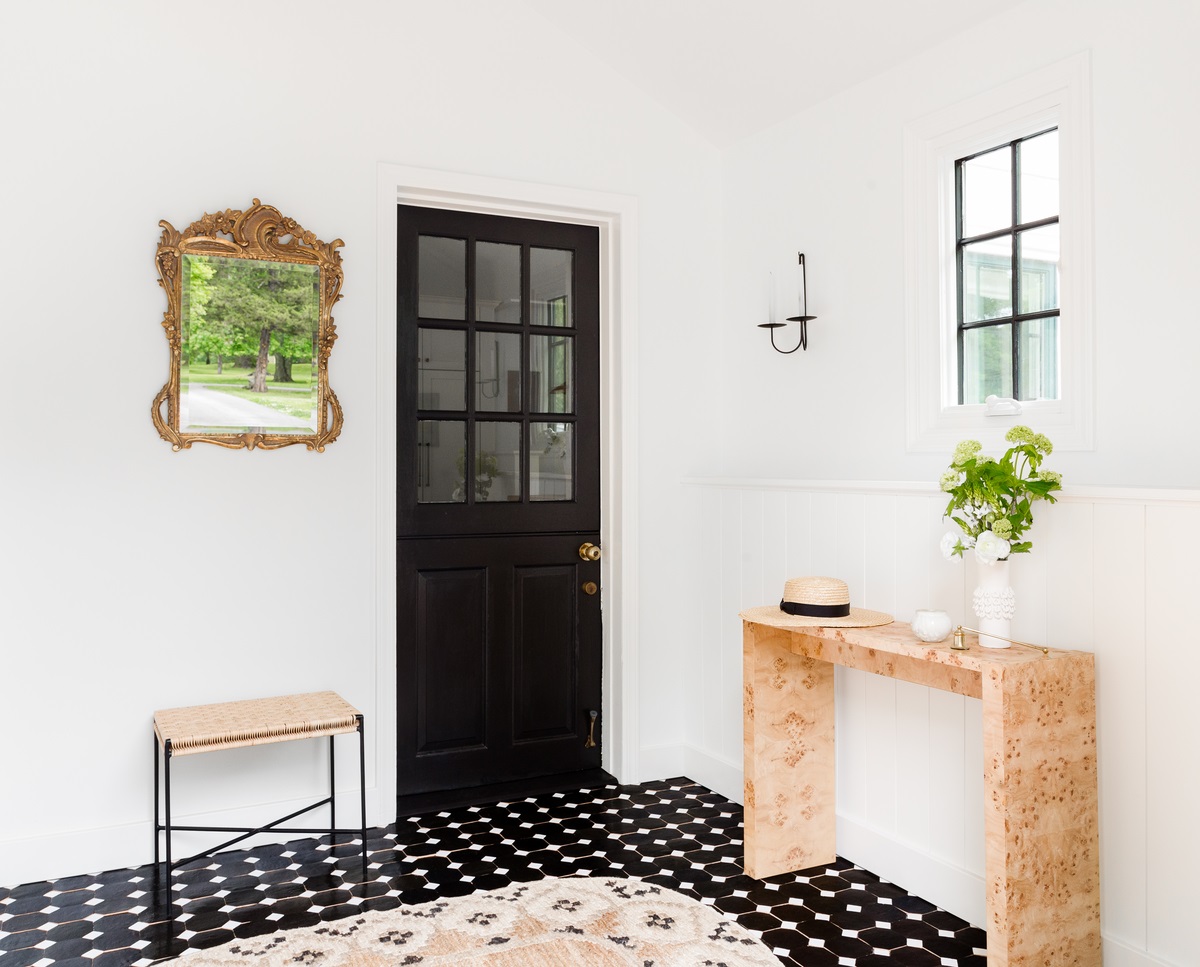
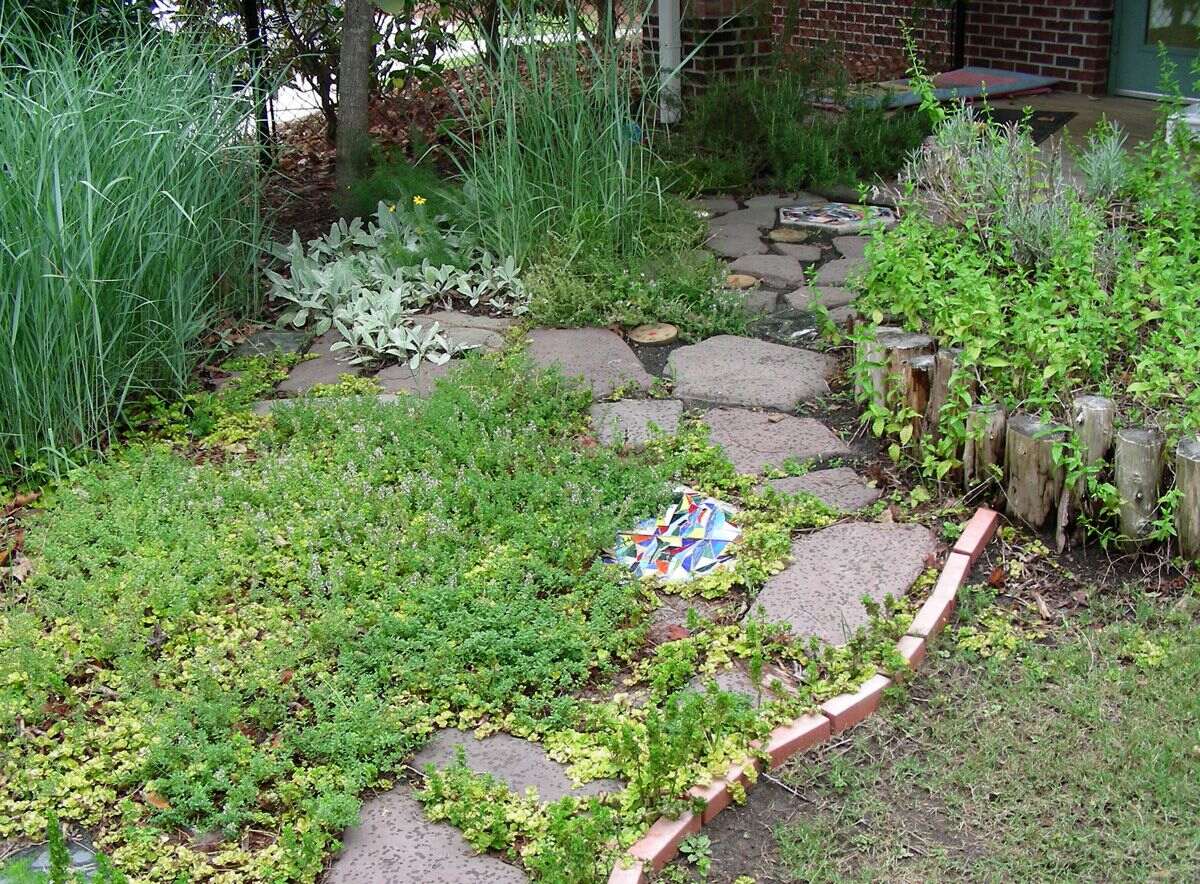
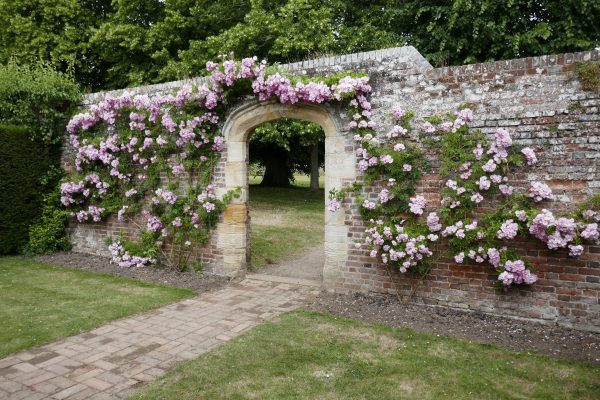
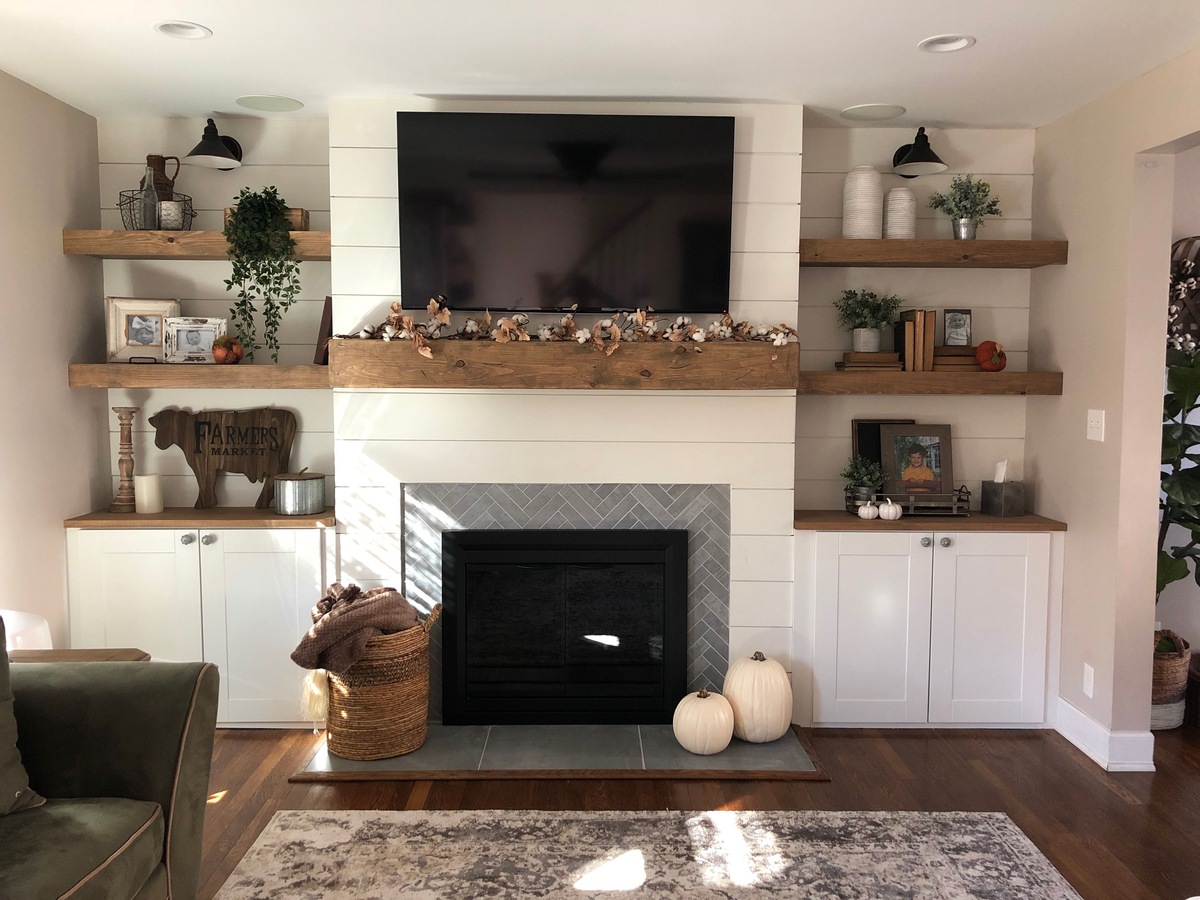
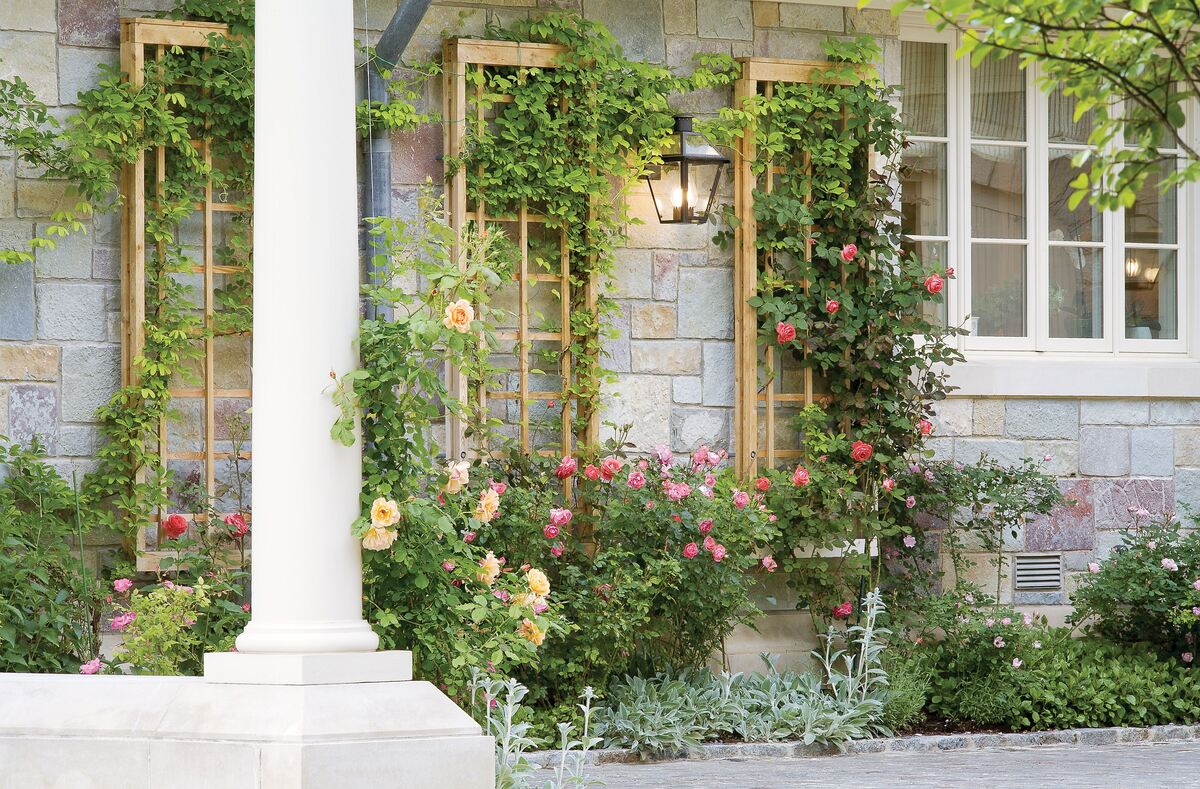
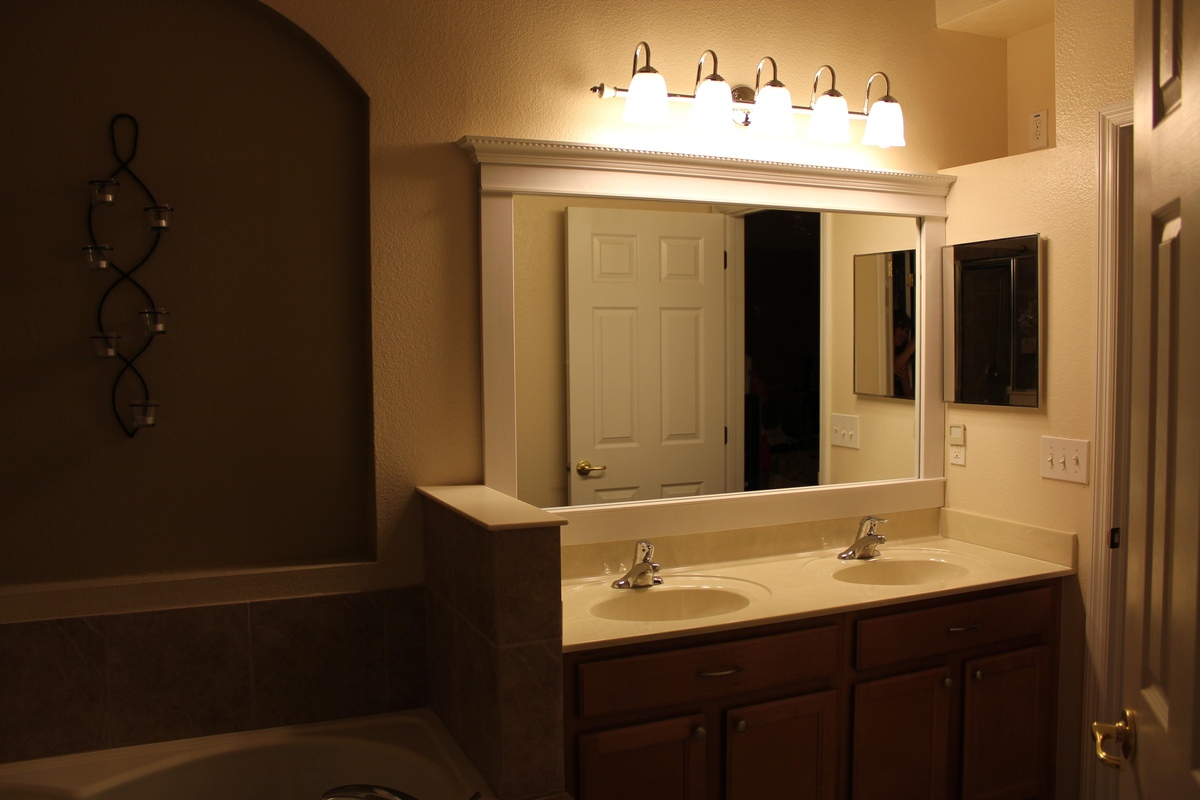
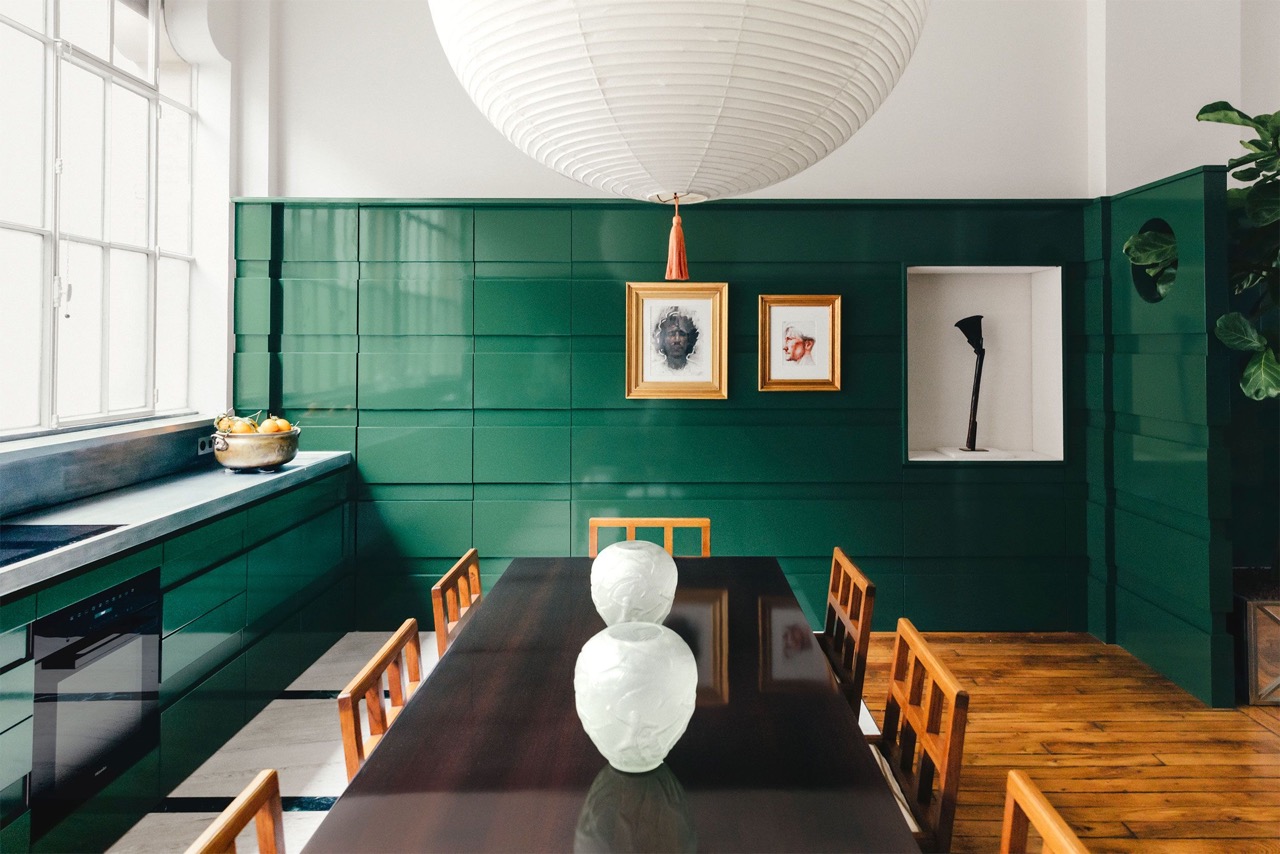
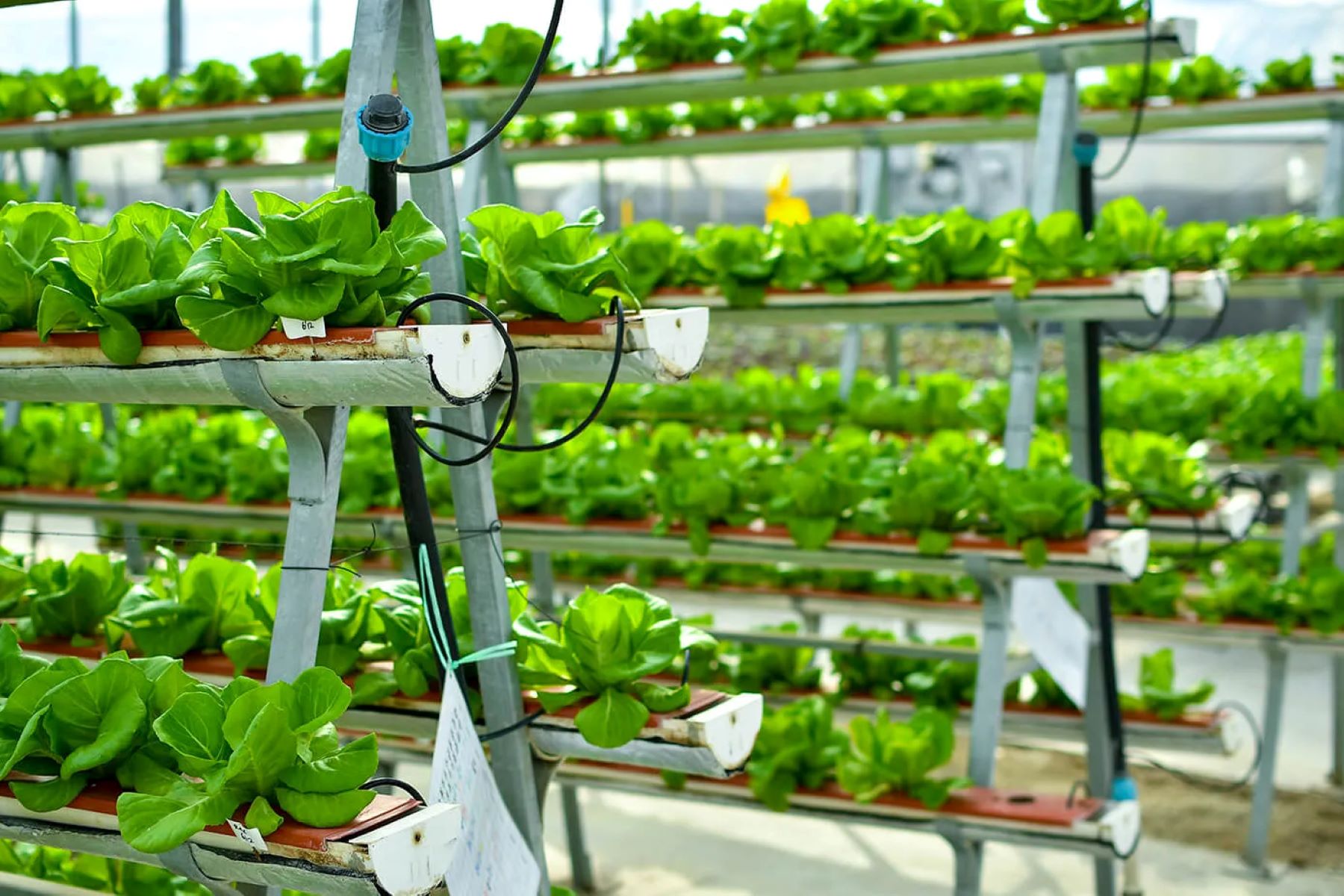

0 thoughts on “Vertical Garden Ideas: 10 Beautiful Designs And Ways To Plant Upwards”